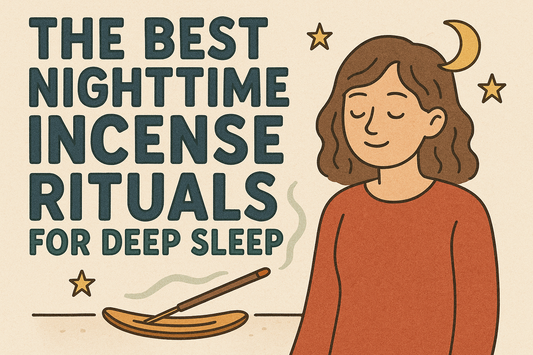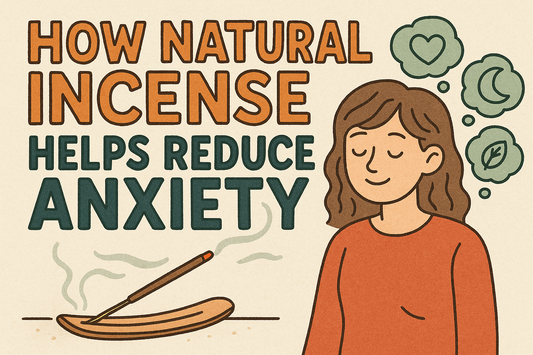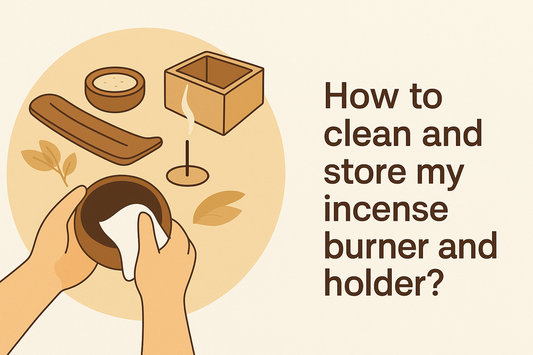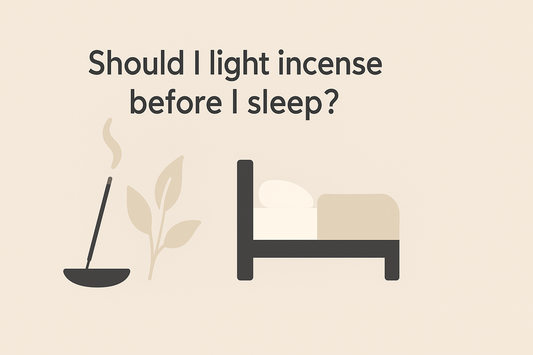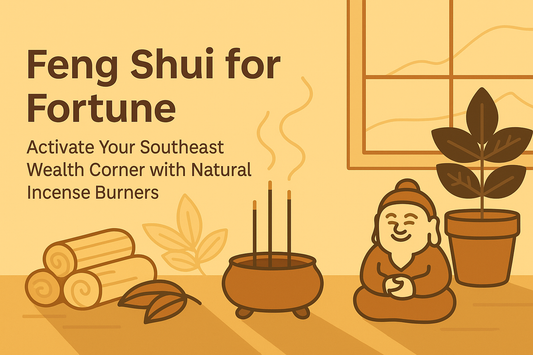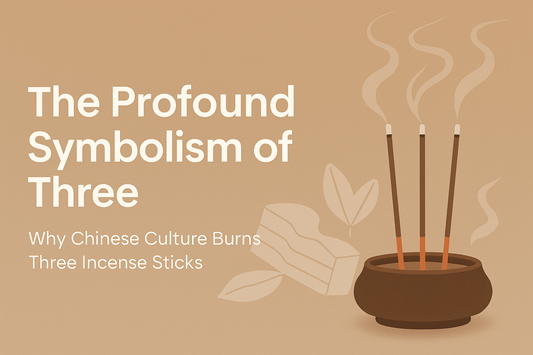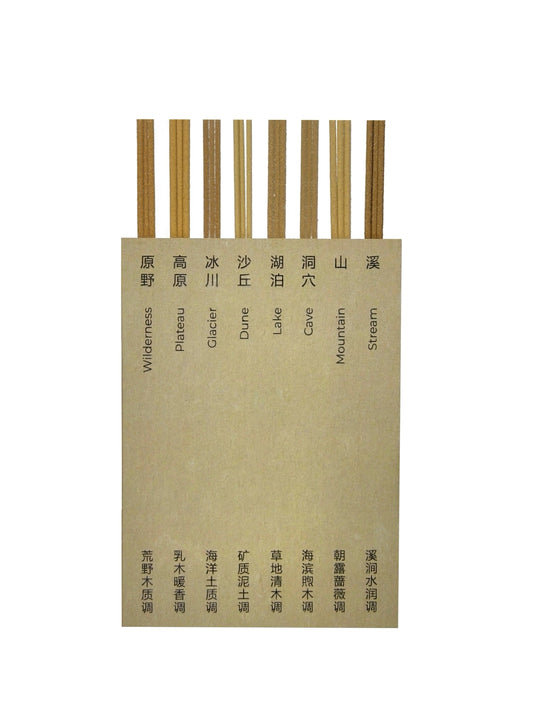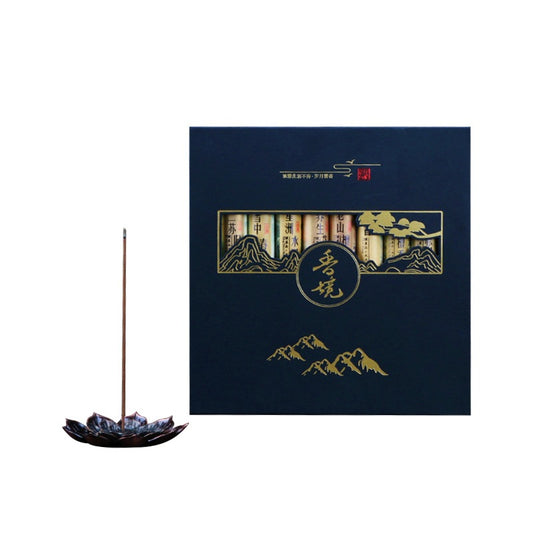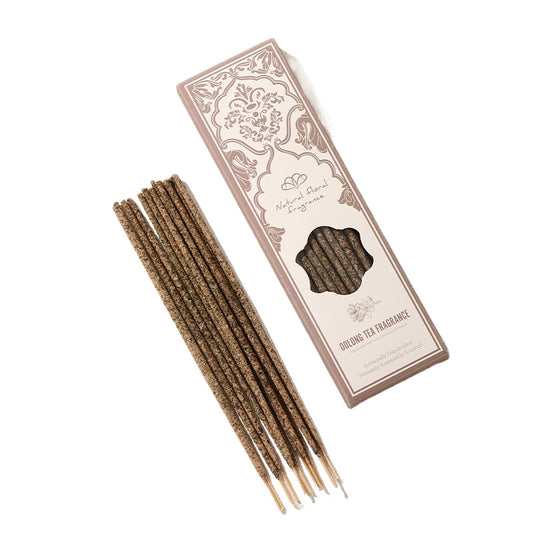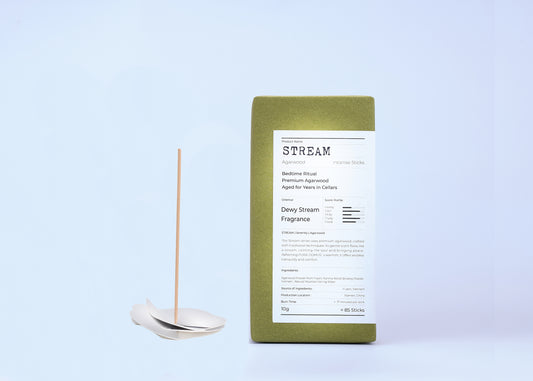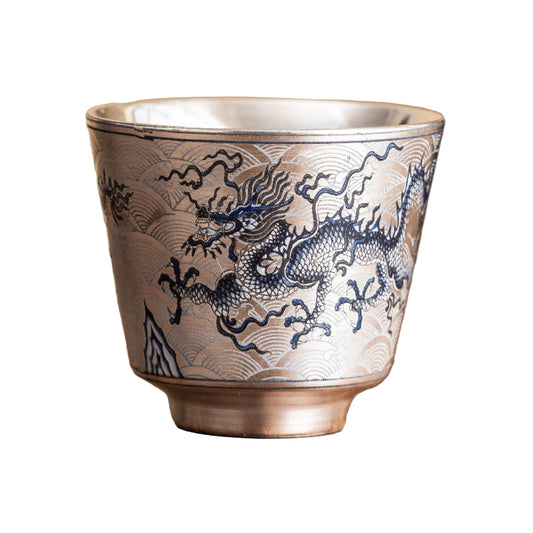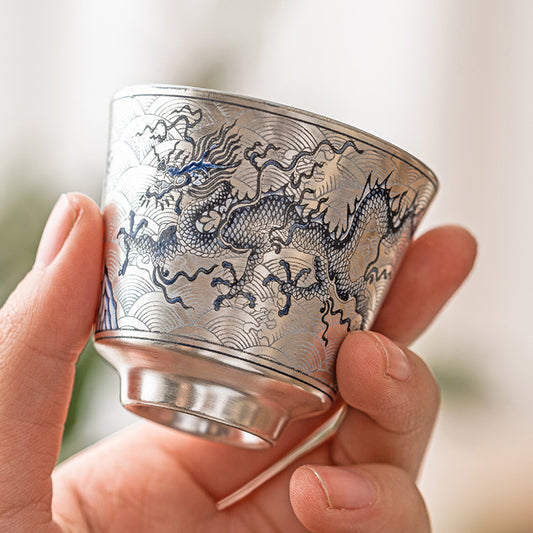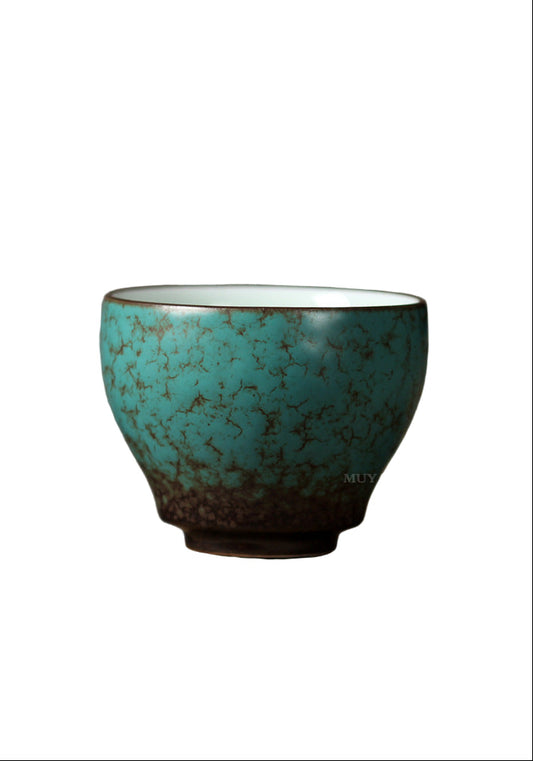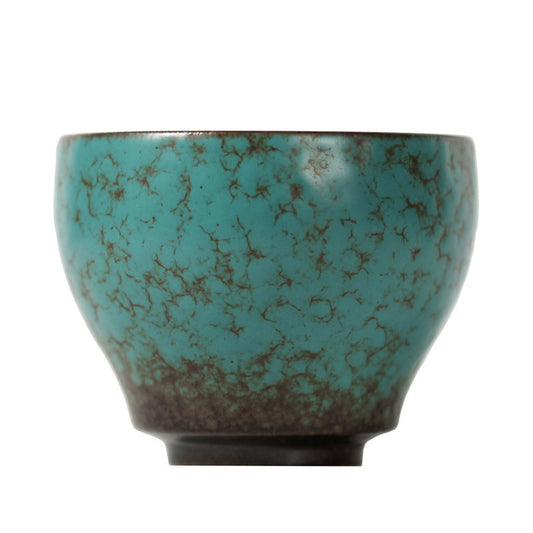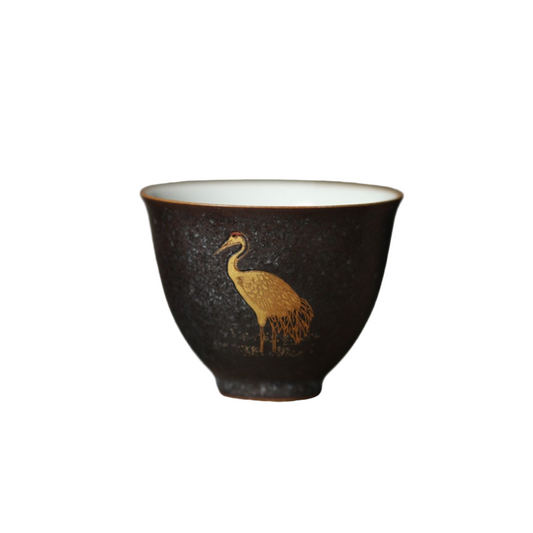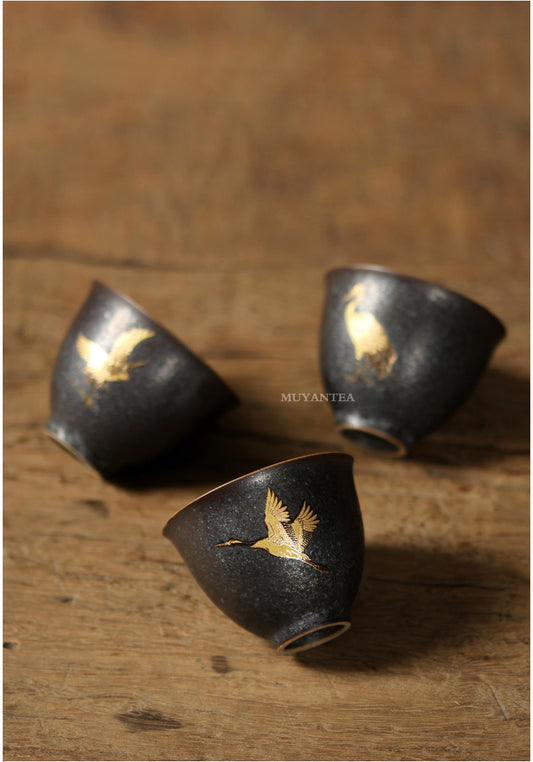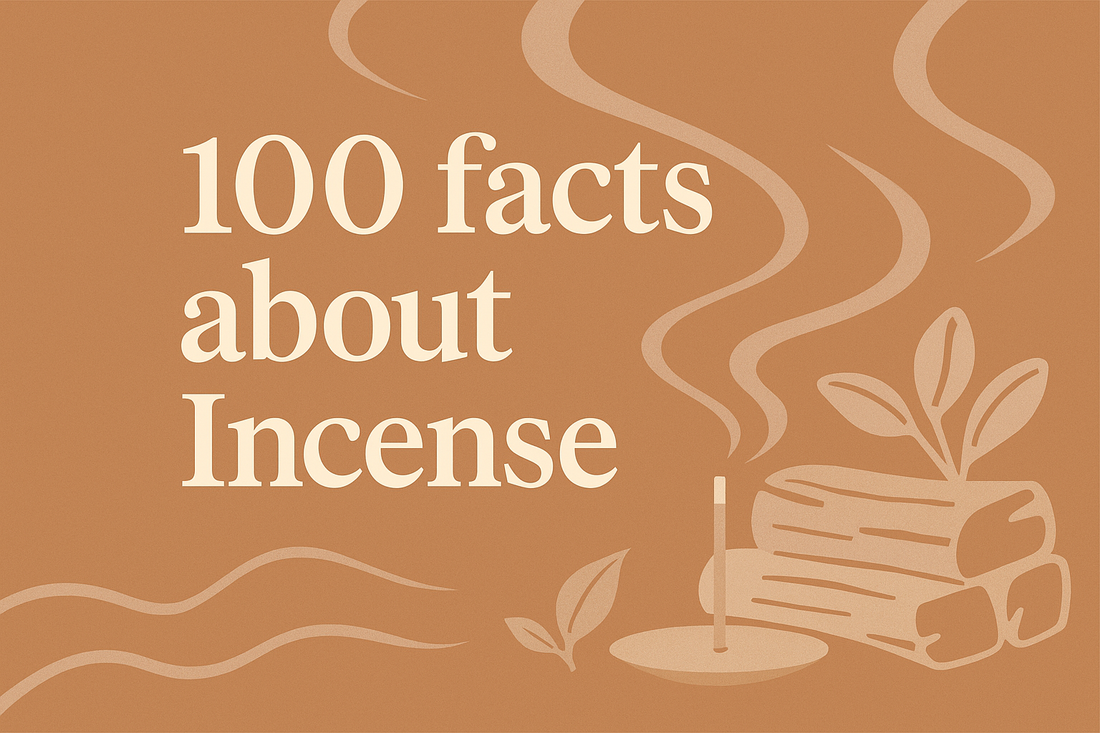
Incense 101 — 100 Questions
100 facts about incense
Contents
Jump to any question. Each item has an anchor ID for quick reference.
Q01–Q20 Foundations & Culture
01. What is “incense”?
#q01
In the broad sense, it means fragrance or a pleasant aromatic smell. In the strict sense, it refers to incense products made from natural aromatic medicinals and plant binders. Recipes are composed according to the classic roles of principal, adjunct, assistant and envoy; the ingredients are processed and combined per craft requirements. Traditional blends are often cellared (aged) before they qualify as true incense. “Incense item” may refer to: (1) an aromatic material (e.g., musk), (2) an object made with aromatics, or (3) the quality of the aroma itself.
02. What is Chinese incense culture?
#q02
It is the system of objects, techniques, methods, customs, institutions and ideas formed through history around how different aromas affect people and how incense is made and used—embodying the Chinese spirit, traditions, aesthetics, values, modes of thought and worldview.
03. Since when have people used incense?
#q03
Its origins can be traced back to the Shang—or even earlier. By the late Neolithic (over 6,000 years ago) people were already burning wood and offerings in worship. Archaeology shows incense burners in the Yellow and Yangtze River regions 4–5 millennia ago; oracle-bone script even records a character for “holding burning wood”. In Spring and Autumn times, people directly used aromatic herbs (burning mugwort, wearing orchids, making orchid decoctions or pastes, flavouring wine with curcuma). In the Qin–Han, aromatics from Southeast/South Asia and Europe arrived via the Silk Roads.
04. Main stages in the development of traditional incense culture
#q04
Summarised as: sprouting in Pre-Qin; forming in Qin–Han; growing through the Six Dynasties; completed in Sui–Tang; flourishing in Song–Yuan; and widely practised in Ming–Qing.
05. Why was incense especially valued in remote antiquity?
#q05
It played an irreplaceable role in daily life—from external fragrance to the ideal of “innate fragrance” (heart-fragrance, nature-fragrance). The refined person, with harmonious vitality and virtue, was believed to emanate a natural scent, seen as a sign of health and character; practically, incense regulated the environment, refined the temperament, nourished the mind and helped ward off pestilence.
06. Major periods in the history of burning incense in China
#q06
(1) Initial period (before Emperor Wu of Han): fuelwood, jade and silk, animal offerings, Artemisia and grains; aims included self-cultivation, pest or insect control and ritual sacrifice. (2) Introduction period (Emperor Wu to Wei–Jin): incense broke out of pure sacrifice and entered daily life; crucially, large quantities of “western-region” aromatics entered China. (3) Popularisation period (Sui–Tang onward): southern aromatics replaced western ones; prices fell; as Buddhism and Daoism expanded, incense-offering became widespread.
07. Why is the Song dynasty regarded as the peak?
#q07
By Song times, incense study and practice had matured. Cities had incense shops and specialist makers; even restaurants had attendants to tend the brazier. Records such as Dreams of Splendour of the Eastern Capital and Wulin Old Stories note commercial offerings (incense seals, incense briquettes, etc.), showing how popular incense culture had become.
08. What are “traditional aromatic medicinals”?
#q08
Natural aromatics processed by rectification or distillation, decoction, roasting, calcining, sublimation and other methods to obtain essential oils and resins for healing or calming the mind. Over 3,600 species are known; about 400 are commonly used. Roots, trunks, bark, leaves, flowers, fruits and resins can all be aromatic; many are also traditional medicinals.
09. How should aromatics be used to achieve wellness or disease-prevention?
#q09
Choose a targeted formula; select an appropriate space; ensure adequate dosage and frequency (so ambient concentration is sufficient); keep moderate airflow (neither draughty nor sealed for too long); choose suitable times (relaxed, quiet, before sleep).
10. Did people historically treat illness with incense?
#q10
Yes. Classical physicians such as Ge Hong, Tao Hongjing, Zhang Zhongjing and Li Shizhen used incense-based prescriptions—taken internally, worn, applied, fumigated, steamed or bathed. China has used incense to prevent epidemics for millennia; pharmacopoeias record many such methods (e.g., burning mugwort, angelica dahurica, agastache and mint against influenza).
11. Why was incense used to treat or prevent illness?
#q11
Incense primarily prevents illness before it arises—nurturing one’s nature and enabling self-care, which was considered more important than treating established disease. Even cured illness can leave systemic harm; properly made traditional incense can act on one’s root nature and vitality and help hinder transmission.
12. Why is incense considered effective in prevention?
#q12
Two main reasons are given: (1) Aromatics are born of “pure yang”, thought to support upright qi and dispel malign influences; (2) aroma particularly nourishes the Yangming channel (the “dragon vein”), important for health and defending the mouth and nose, the chief portals against external evils.
13. Is incense related to human health?
#q13
Yes. Traditional philosophy views the human being as a complex unity of nature and life. Emotional agitation and restless desires obstruct health. Incense—interwoven with Chinese life—soothes the spirit, steadies the mood and promotes orderly integration of body and nature.
14. How does Chinese incense use differ from Western practice?
#q14
In the West, fragrance often masks odour or signals status and is typically applied as perfume. In China, incense first serves moral self-discipline and cultivation; the main mode is fumigation or heating to scent a space, thereby benefiting both person and environment; in Five-Phases terms, it supports yang.
15. Home use of incense and health
#q15
A fragrant home atmosphere pleases one’s nature, calms the spirit and encourages yang qi in the dwelling—integrating body and mind and supporting health.
16. Incense and Chinese cultural development
#q16
Among the “four refined pursuits”—incense, tea, flowers, paintings—mastery of incense often ranked first. Literati burned incense to read, host, compose and make art; they invented scented papers and inks and wrote countless lines celebrating aroma.
17. What is the “Way of Incense”?
#q17
A synthesis of philosophy, culture, medicine, aesthetics and craft. Incense is fragrant (sensory), contemplative (cultivating the heart-mind), and useful (technique and method). Classic craftsmanship balances yin–yang and the Five Phases, times harvests and even chooses auspicious days for blending and cellaring.
18. How did literati use incense?
#q18
Burning incense was an elegant art. Beyond ingredients and ware, they refined how to burn—e.g., the incense-seal method (patterns in powdered incense that burn along the trace) to shape time and mood.
19. Who advanced traditional incense craft?
#q19
Many scholar-artisans—Wang Wei, Li Shangyin, Huang Tingjian, Zhu Xi, Su Dongpo and others—formulated famed blends (e.g., numerous “Plum Blossom” recipes, variants of “Dragon’s Fragrance”), gifting incense as cultured tokens.
20. When did literature about incense flourish?
#q20
Notably in the Han–Wei, Sui–Tang, Song–Yuan and Ming–Qing periods—from grand prose on fragrant herbs and woods to manuals, poems and essays devoted to aroma.
Q21–Q40 Literature, Religion & Social Customs
21. Representative writings in the Han–Wei period
#q21
Writers often used the beauty of fragrance as material. Sima Xiangru’s grand works (e.g., Zixu Fu, Shanglin Fu) portray lands abundant in fragrant herbs and woods. Stories about Emperor Wu of Han and incense became common later themes, blending history with legend and helping spread incense culture.
22. Representative writings in the Sui–Tang period
#q22
Most Tang poets wrote of incense or mentioned it in poems: Wang Wei, Du Fu, Li Shangyin, Liu Yuxi, Li He, Wen Tingyun, and many more. Verses vividly depict court incense, literati life and ritual scenes, showing how familiar writers were with incense.
23. Representative writings and studies in the Song–Yuan
#q23
Multiple monographs appeared: Tianxiang Zhuan, several works titled Xiangpu, Mingxiang Pu, Xiangshi, etc. Su Shi and others also discussed aromatics though not in stand-alone treatises. “Heart-character incense” (incense-seal traced in the shape of the character “heart”) appears frequently in poetry.
24. Representative writings in the Ming–Qing
#q24
Use of incense among literati became even more widespread. Dream of the Red Chamber contains abundant depictions and even alludes to sophisticated blending. Zhou Jiazhou’s Xiangcheng is an influential specialised work collecting materials on aromatics, implements, formulas, writings and anecdotes.
25. Why did ordinary people burn incense?
#q25
Though fine incense could be dearer than gold, burning incense was also daily practice for common folk, especially during festivals and on family occasions, to pray for blessings and peace. From the eighth day of the twelfth lunar month to the New Year and throughout seasonal festivals, incense was offered.
26. Common popular forms and customs
#q26
Attitudes were twofold: reverence for the divine and petition for protection. In Hong Kong and Taiwan this is often called baai baai—lighting joss sticks and bowing, sometimes kneeling. Customs include offering the first incense of the year at midnight.
27. Why do temples burn incense?
#q27
To honour deities and the Buddha, to create a purified, solemn space, and to allow believers to express reverence and vows. Incense smoke symbolises transmitting one’s prayer.
28. Why is incense used in Daoist and Buddhist practice?
#q28
In both traditions, incense is an offering, a mark of mindfulness and purity, and an aid to concentration (for meditation, chanting, ritual).
29. Why do scholars speak of “fragrance” as a moral emblem?
#q29
In classical thought, fragrance signifies goodness and virtue; refined aroma accompanies self-cultivation and proper conduct.
30. What is “scenting garments and bedding”?
#q30
Historically, clothing and bedding could be lightly fumigated so that warmth and fragrance would aid rest and calm.
31. Incense in social occasions
#q31
From hosting guests to poetry gatherings and tea, a brazier or a stick marked refinement and hospitality.
32. Incense and reading or writing
#q32
Incense accompanied study; people used rue in books to repel insects (“book-scent”), mixed musk or clove into ink (“scented ink”), or used aloeswood-bark paper (“scented paper”).
33. Incense and tea
#q33
At times borneol and musk were added to tea (aromatic tea).
34. Is wearing sachets also part of incense culture?
#q34
Yes. Sachets containing aromatic medicinals were worn or hung in rooms and carriages for wellness and fragrance.
35. What is “fumigation”?
#q35
The principal Chinese method of use—burning or heating incense so the aroma fills a defined space.
36. What does “pure yang congeals as fragrance” mean?
#q36
A classical view of the generation of aromatics: plants absorb pure yang qi; thus incense supports upright yang in the body.
37. What is the role of incense in preventing epidemics?
#q37
Historically, fumigation with specific aromatics was used to disinfect air and repel miasma during outbreaks.
38. What is meant by nurturing “nature and life”?
#q38
It refers to caring for one’s innate nature and embodied life; incense supports calm and balance in this holistic view.
39. What is the Way of Incense as practice?
#q39
It involves choosing materials, blending with understanding of properties and timing, appropriate ware, and attentive, disciplined use to cultivate mood and insight.
40. What is appropriate etiquette when burning incense?
#q40
Keep the space clean and orderly; handle incense and implements respectfully; avoid overpowering smoke; do not disturb others.
Q41–Q60 Forms & Formats
41. Main forms of incense products
#q41
Incense may appear as sticks, joss sticks (with bamboo core), coils, cones, incense-seal patterns, pellets, pastes, powders, raw chips and special shapes, each suited to particular uses or spaces.
42. What are incense sticks?
#q42
Straight rods without a core, made to a set thickness and length; widely used and suitable for many situations.
43. What are joss sticks?
#q43
Straight sticks formed around a core (often bamboo), also called bamboo-core incense. Types include hand-rolled, dipped and machine-made.
44. What are incense coils?
#q44
Spirals coiled on a flat plane (many can also hang like cones). Common in homes, temples and practice spaces.
45. What is incense-seal?
#q45
Powder is pressed in a mould to trace characters or patterns; once lit, it burns along the trace in sequence. It was popular in the Tang–Song; modern coils derive from it.
46. What is carved or graded timing incense?
#q46
An ancient timing incense, similar in form and method to incense-seal, made as needed with dry powder in a mould.
47. What are incense pellets?
#q47
Powdered aromatics bound into small pellets—one of the common traditional forms for fumigation.
48. What is incense paste?
#q48
Aromatic ingredients are mixed into paste, sealed in ceramic jars and cellared. Used by taking an appropriate amount; like pellets, a standard form for fumigation.
49. What are charcoal discs or incense cakes?
#q49
Pressed fuel used for indirect heating or fumigation.
50. What are cone or hanging “tower” incense?
#q50
Incense supported or hung so it tapers like a tower. Originates no later than the Ming “dragon-hanging incense”.
51. What are cones?
#q51
Incense formed as a cone; in modern usage often called “cones” or “tower incense”.
52. What are raw chips?
#q52
Slices or segments of natural aromatic materials (wood or resin pieces).
53. What are special-shape incense?
#q53
Incense in shaped forms (ingots, animals, flowers). Some have hollow interiors so smoke issues from a beast’s mouth—adding playfulness.
54. What are raw-form aromatics?
#q54
Simply prepared aromatic materials (dried, cut), such as wood blocks, dried flowers or resin lumps.
55. What are incense beads?
#q55
One or more aromatics formed into bead-shaped items (powder bound into spheres, or carved wood), often strung as adornments used by Daoists or Buddhists.
56. What are fragrant hangings or sachets?
#q56
Room or carriage hangings and personal sachets sewn from cloth or silk with packed aromatics; also woven or made from wood or metal.
57. What is incense powder?
#q57
A single aromatic or a formula ground into powder for sprinkling, direct burning, or making incense-seal; also a semi-finished material.
58. What is a herbal aroma pillow?
#q58
A cloth pillow filled with an appropriate formula of aromatics for use during sleep.
59. What is aroma paper?
#q59
Paper made from or infused with aromatics (for example, aloeswood-bark paper).
60. What are scented ink and aromatic tea?
#q60
Ink mixed with aromatics such as musk or clove; tea scented with borneol or musk, as once practised by literati.
Q61–Q80 Incenseware & Practice
61. What are common incense implements?
#q61
Implements for making are strictly “incenseware”; for use, “incense implements”. Besides censers, there are hand-warmers, braziers, cages, reclining censers, hanging balls, incense holders, trays, boxes, tongs, chopsticks, scoops, spoons and sachets. Shapes are diverse—for function and ornament.
62. What is a censer?
#q62
The most common implement for burning incense—of many forms, such as the Boshan mountain-shaped censer, tube-shaped censers, lotus censers and tripod or ding censers.
63. What is a hand-warmer?
#q63
A small portable brazier or container for embers used to warm the hands and gently scent clothing or space.
64. What is an incense cage or tube?
#q64
A lidded container with perforations to hold incense for fumigation while preventing ash scatter.
65. What is a reclining censer?
#q65
A censer designed for stable, horizontal use, often for powdered or paste incense on charcoal.
66. What is a hanging incense ball?
#q66
A sphere with vents for placing aromatics, hung to diffuse scent.
67. What are incense chopsticks, tongs and scoops?
#q67
Tools to handle powder, pellets and charcoal hygienically and neatly.
68. What space suits appreciation of incense?
#q68
Traditionally, “smell near, savour afar”. Incense rooms should be spacious, bright and ventilated so the scent can circulate and merge with air and environment; the appreciator sits calmly a few feet from the source, observing smoke patterns and enjoying poetry or music.
69. What is a sachet?
#q69
A decorated pouch holding aromatic powder or dried flowers, worn or hung; often embroidered, sometimes set within carved boxes of stone, jade, gold or silver.
70. What is Tibetan incense?
#q70
Incense from Tibetan areas and Vajrayana tradition. Said to have begun in the Tang when Princess Wencheng brought images, scriptures and formulas to Tibet; later adjusted to local customs, climate and needs. Local aromatics are primary, with high-grade items adding agarwood, sandalwood, borneol and sometimes animal or precious materials for religious use.
71. What is “incense pantry”?
#q71
In Buddhist temples, the refectory or monks’ dining hall, usually to the right of the main hall; the term derives from the “Fragrant Accumulation” Pure Land.
72. What is the “Fragrant Accumulation Pure Land”?
#q72
One of the twenty Pure Lands in Buddhist cosmology; beings there receive teaching through fragrance—hearing Dharma by the sense of smell.
73. What is “walking with incense”?
#q73
To perfume the hands with incense or to scatter powdered incense while walking along a path.
74. What is “tooth incense”?
#q74
A high-grade classical blend based on agarwood, “ripe yellow” sandalwood and other aromatics, sliced, processed and repeatedly macerated, steamed and cellared to develop effect.
75. What is “first incense”?
#q75
Offering the very first incense of the new year at midnight to pray for blessings.
76. What is “baai baai”?
#q76
The common Hong Kong and Taiwan expression for making offerings—lighting joss sticks and bowing to deities or ancestors, sometimes kneeling.
77. Why is ventilation important when using incense?
#q77
To allow the aroma to circulate without becoming oppressive; avoid strong draughts or long-sealed rooms.
78. How should one choose a suitable blended incense?
#q78
Because classical formulas differ in composition and effect, each blend has its character (materials, processing, ageing). Choose based on need, or seek shop guidance.
79. What is a “single-note” incense?
#q79
Incense made from one material. True natural single-note sticks often have subdued scent when burning and should not use bright dyes. As an effect is single, long-term exclusive use may unbalance the body; best for ritual or odour removal rather than deep cultivation.
80. How to choose a suitable single-note incense?
#q80
Prefer pure materials free of synthetic binders or dyes. Note that unprocessed sandalwood (a “hot” material) may agitate; some so-called “agarwood powders” are actually from other Aquilaria parts or spent wood—long use may disperse one’s energy.
Q81–Q102 Storage, Safety & Ambience
81. What are incense implements?
#q81
Implements used in making are “incenseware” and in use are “incense implements”. Besides censers, there are hand-warmers, braziers, cages, reclining censers, hanging balls, holders, trays, boxes, tongs, chopsticks, scoops, spoons and sachets—functional yet ornamental.
82. What is a censer?
#q82
A vessel for burning incense; shapes include Boshan (mountain form), tubular, lotus and tripod or ding types.
83. What is an incense holder?
#q83
A stand for holding sticks upright or at a slight angle during burning.
84. What is an incense tray or ash bed?
#q84
A tray or bowl containing ash or sand to support charcoal and powder for fumigation.
85. What fuels are used for indirect heating?
#q85
Charcoal discs (pressed), bamboo charcoal or other clean fuels suited to steady, low-smoke heating.
86. What are common ways to light incense?
#q86
With a match or taper; for charcoal, fully light outdoors or near ventilation before bringing indoors; ensure embers are stable.
87. What safety points should be observed?
#q87
Keep away from flammables; place on stable, heat-resistant surfaces; supervise at all times; extinguish fully after use.
88. How to maintain incenseware?
#q88
Keep dry and clean; remove ash regularly; avoid harsh detergents on porous materials; for metal, stone or wood, follow material-specific care.
89. How to store incense?
#q89
Keep dry, cool and away from direct sun; seal well to avoid moisture and odour contamination. Some blends benefit from gentle ageing; others are best used fresh.
90. What is the proper ambience for appreciation?
#q90
Spacious, bright, ventilated rooms; sit calmly a few feet away to “smell near, savour afar”, observing the subtlety of smoke and aroma.
91. What is a sachet?
#q91
A pouch filled with aromatics for wearing or hanging; often embroidered, sometimes set in carved boxes of stone, jade, gold or silver.
92. What is Tibetan incense?
#q92
See Q70.
93. What is “incense pantry”?
#q93
See Q71.
94. What is the “Fragrant Accumulation Pure Land”?
#q94
See Q72.
95. What is “walking with incense”?
#q95
See Q73.
96. How should an incense-appreciation space be set up?
#q96
Traditionally “smell near, savour afar”. Rooms are broad, bright and ventilated so the aroma circulates. One sits calmly several feet away, both smelling and observing the wonders of smoke; poetry or music may accompany the mood.
97. What is a sachet (again)?
#q97
A pouch for carrying or presenting aromatics; see Q69 for details.
98. What is Tibetan incense (again)?
#q98
See Q70 for definition and materials.
99. What is “incense pantry” (again)?
#q99
The temple refectory or dining hall; see Q71.
100. What is the “Fragrant Accumulation Pure Land”?
#q100
One of the twenty Pure Lands; beings there receive Dharma through fragrance—entering meditative absorption by the sense of smell.
101. What is “walking with incense”?
#q101
Perfuming the hands with incense or scattering powdered incense while walking.
102. What is “tooth incense”?
#q102
A classical high-grade incense made mainly of agarwood, mature sandalwood and related aromatics. Slices are processed, then aromatics are repeatedly infused, steamed and cellared to achieve the intended effects.

